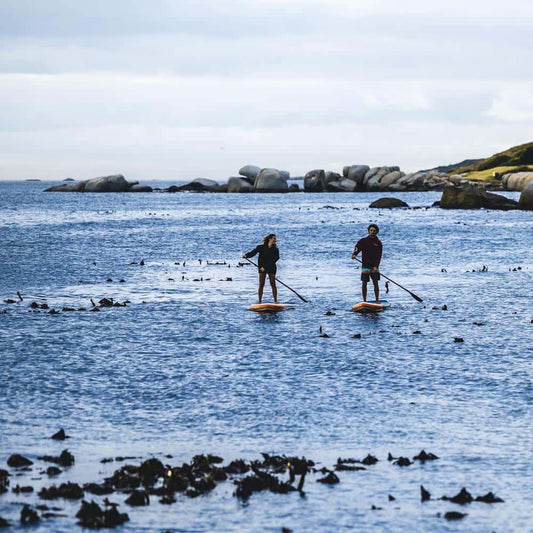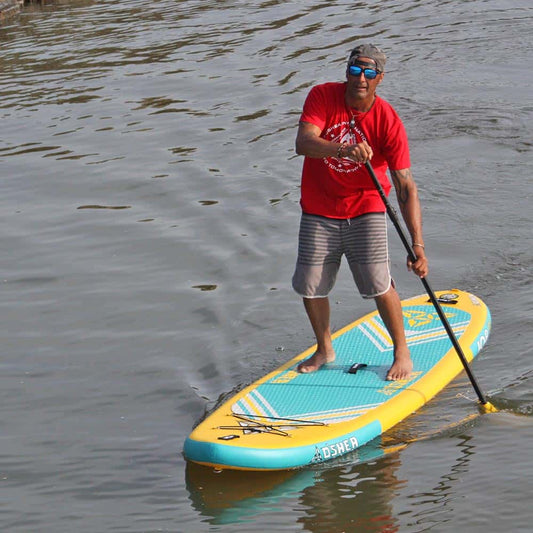Paddleboarding Buying Guides
Welcome to our Paddleboard Buying guide. In this section as an independent retailer we 'll give you our honest opinion on what's hot and what's not! From beginners to experts! We'll cut through the brands sales pitches and get to the juicy bits to help you make your best informed buying decisions.. Check back regularly as we're always updating videos and adding more guides as new equipment is launched
For beginners this is a a good base to start... Why not give us a call or drop us an email after to discuss in more details...














